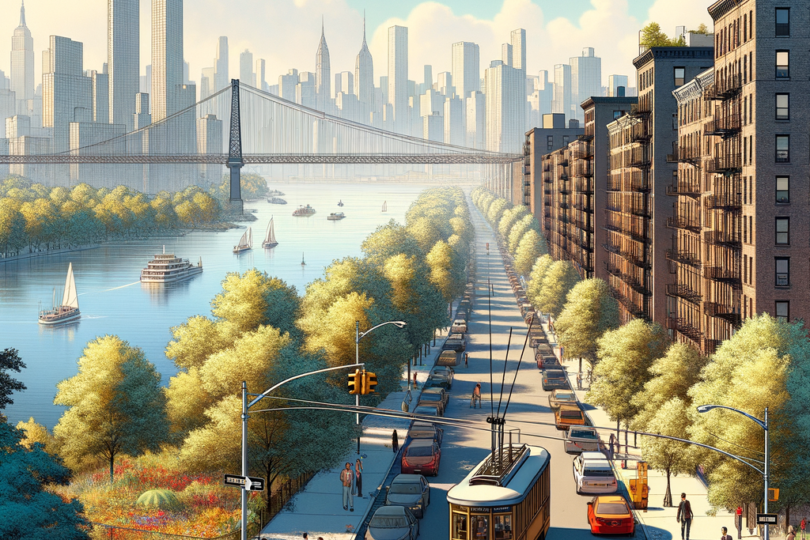NYC island: a hidden gem.
- Roosevelt Island’s History: Initially inhabited by Native Americans (Minhanok), it became Blackwell’s Island, used for farmland, then a site for public institutions (asylum, hospital, penitentiary) in the 19th and 20th centuries, attracting attention for its harsh conditions, as documented by Charles Dickens.
- Name Changes & Transformation: Renamed Welfare Island in 1921 to improve public perception, then Roosevelt Island in 1973 to attract residents. It transitioned from a welfare island to a mixed-income residential community in the 1970s.
- Redevelopment and Features: A master plan created diverse housing, a river walk, parks, and green spaces, prioritizing pedestrian areas over vehicular traffic. The Roosevelt Island Tramway provides scenic access to Manhattan.
- Unique Urbanism (“Suburban Urbanism”): Roosevelt Island balances dense urban living (housing, education, healthcare) with extensive green spaces and a tranquil atmosphere, lacking significant nightlife or traffic congestion. This creates a family-friendly environment.
- Transportation: Accessible by subway (F train), tramway, and free island buses; limited car access via the Roosevelt Island Bridge (Queensboro Bridge).
- Limited Commercial Development: Prioritizes residential areas over extensive retail; features small businesses, a few supermarkets and a Starbucks.
- Overall Assessment: A successful example of urban planning that prioritizes residents and green spaces, offering a unique and peaceful escape within New York City. While affordable housing is a concern, the island is considered a desirable and well-functioning community.


